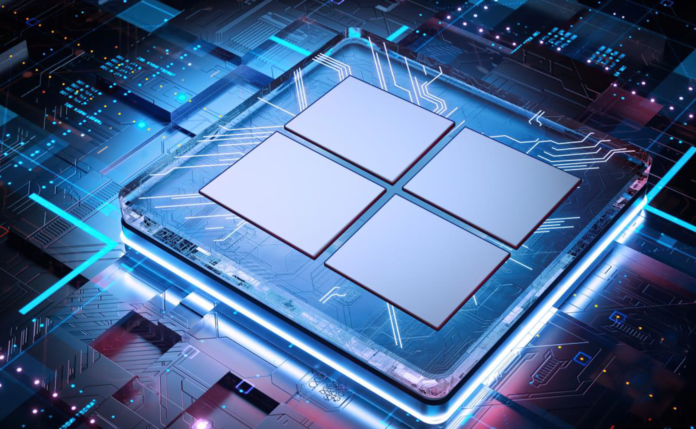Raptor Lake
Intel’s Raptor Lake Core i9-13900K appears in CPU-Z with 68 MB...
@OneRaichu has uploaded an alleged screenshot of Intel's flagship Core i9-13900K Raptor Lake CPU, which boasts up to 68 MB of cache. This could...
Intel Core i9-13900K Could Feature Clock Speeds Up To 5.8 GHz
The Core i9-13900K, Intel's flagship Raptor Lake Desktop CPU, aims to extend its clock speed advantage to the next level. The 13th Generation Raptor...
Here’s everything we know about Intel’s 13th Generation Raptor Lake CPUs
Late last year, Intel unveiled its first hybrid architecture client CPU platform, dubbed Alder Lake. The new platform delivered much-needed performance and x86 efficiency...
Raptor Lake appears to have already been revealed by Intel
Intel's 600 Series Chipset Family Platform Controller Hub datasheet was recently revised (PCH). A table is similar to the one below can be found...
Intel’s 13th Gen Raptor Lake CPUs to deliver Up To 15%...
In the third quarter of 2022, Intel's Alder Lake successor, the 13th Gen Raptor Lake CPU range, will provide some substantial performance enhancements to...
Intel reveals latest for its Client & Server CPU Roadmap
Intel also unveiled its updated client and server CPU roadmap, which includes its Core and Xeon CPUs, in addition to its graphics refresh. Intel's...








